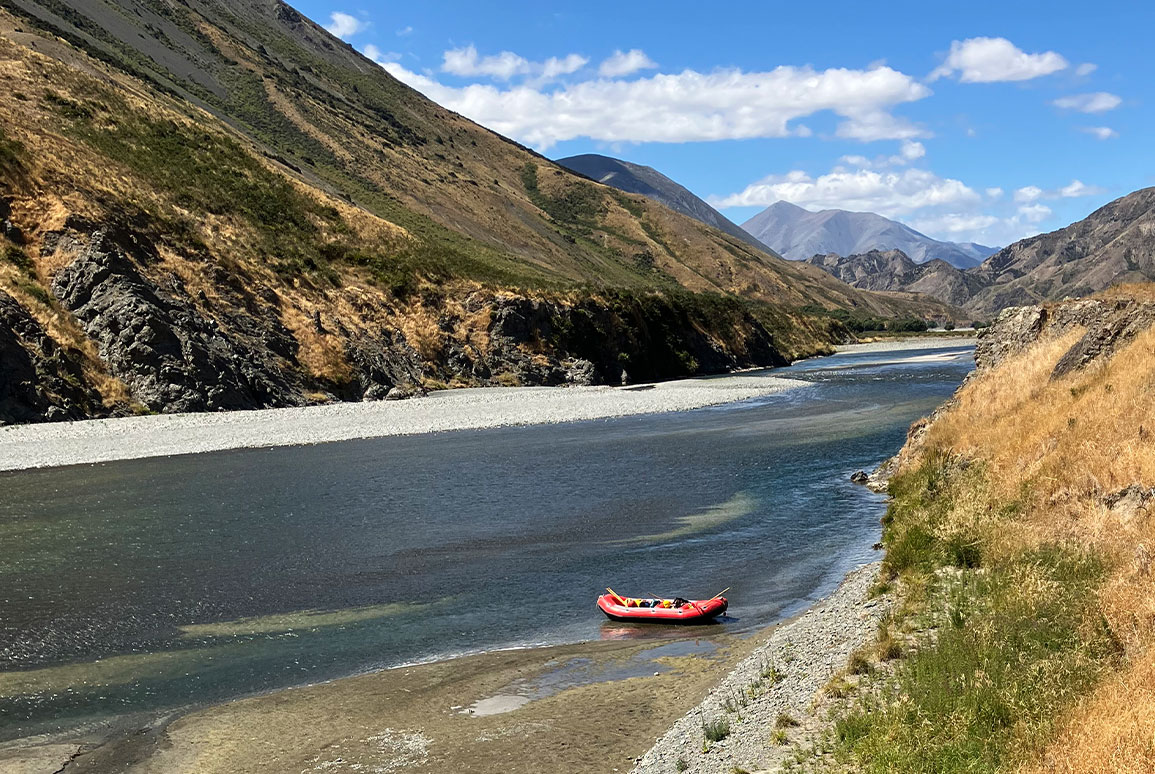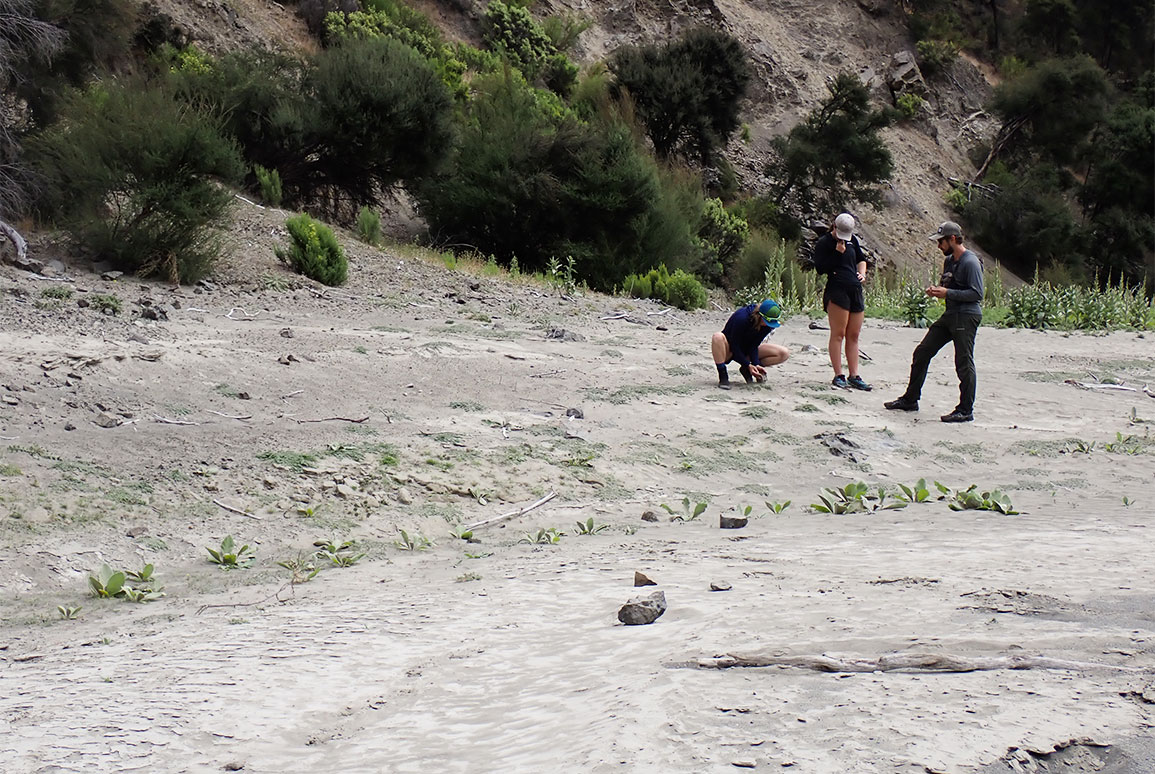Rafting down the Waiau Toa
10 July 2024
Surveying for pest plants in a remote location.

Boffa Miskell biosecurity consultants are currently writing the five-year review of the Clarence River Weed Strategy (2019), and to do this the team needed to survey as much of the catchment as possible, with a focus on riverbed weeds. The ecological impact of these invasive species could disrupt the natural river functions and threaten biodiversity.
Flowing through the Kaikōura Ranges in the northeast of the South Island, and around 209 kilometres long, this is the longest river in Canterbury. The Waiau Toa | Clarence River is a huge catchment and lots of areas are very difficult to access – many parts of the main river are only accessible by raft. There are rare and unusual plants found in the catchment, as well as over ten lizard species, native fish and invertebrates, and rare braided river birds.

When it comes to identifying the species and spread of pest plants, a hands-on approach is more effective than remote methods like helicopter or desktop surveys. The team spent six days rafting down the Waiau Toa with Clarence River Rafting, starting at the confluence with the Acheron and ending at the river mouth.
Boffa Miskell has developed an app for identifying and mapping invasive weeds for the LINZ weed control program, and this innovative technology has significantly improved the management of these environments. The initial findings show more of some weeds than expected – notably, purple willow and grey willow – but also some large areas, like the lower gorge, where there were surprisingly few weeds.
The survey outcomes will be an updated weed strategy and maps of where all the weeds are located enabling the project team to prioritise the ones which are the most important to control in order to look after the biodiversity values in the catchment.




